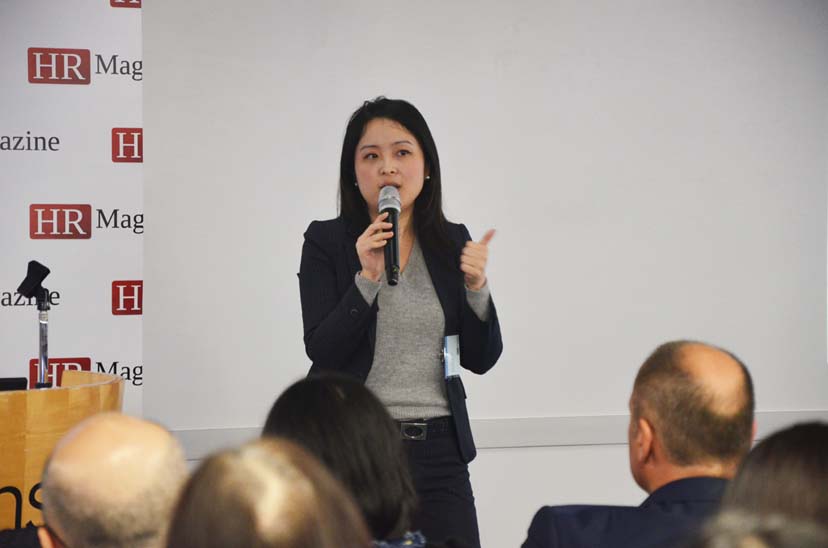
Sammie Shum
Associate Director, Human Capital Advisory Services, Deloitte Consulting (Hong Kong) Limited
Topic: Enablers to sustainable leadership—middle management & talent mobility
Sammie Shum offered insight into companies’ new focus on investment in middle management and the benefits of a more mobile in-company talent pool.
Despite the importance of effective leadership and its public perception—with analysts placing a 35% spread on stock price depending on this factor—Shum explained that companies still aren’t getting the investment right, with only around 4% of organisations believing that their leadership development programmes are very effective. She explained that sustaining leadership is becoming more challenging due to various factors including the tide of retirement and difficult recruitment, the post-recession period with limited investment in the past and the diversity of a multi-generational workforce. Considering these issues, a new trend described by Shum—in which firms are putting more emphasis on development of middle management—may seem surprising.
Shum posed the question, ‘Why are mid-level managers getting more attention?’ Reasons include the desire by firms to develop leaders for the future rather than middle managers for the present, accelerated progression due to retirement and expansion with limited preparation or support.
She went on to share the wider move towards Transparent Talent Mobility (TTM). This system, which encourages dynamic internal processes for moving talent from role to role, makes for more fluid movement of talent and brings benefits for both employee and company. The shift towards TTM from traditional forms of succession and mobility is multi-faceted: instead of focusing on key senior positions TTM is pool-based to cover key clusters of roles, lateral and diagonal career moves are possible rather than simply vertical moves, it is owned by the CEO and the business and not just driven by HR, there is a shared talent-pool at the enterprise level in place of a business unit-based system and there is the inclusion of HiPers, as well as HiPos.
Shum concluded with a few tips on how to get started with this model:
- Be sure to include HiPers as well as HiPos.
- Redesign the traditional career path, from simply upward to lateral and diagonal progression.
- Establish an integrated mechanism to manage demand and supply of talent within the company.
- Realign responsibilities of employee, manager, HR and company to ensure all are playing an appropriately active role.
To see Sammie Shum’s Power Point presentation, and those of many others, go to our HR Download Zone here: https://plainsailinghr.com/hr-download-zone/




